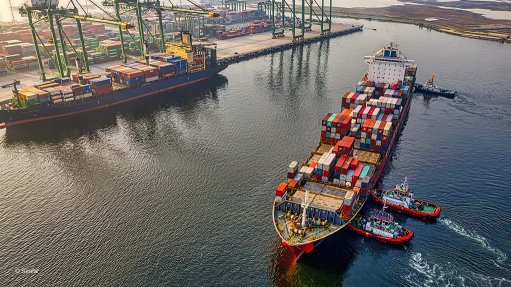
A project that seeks to guarantee uninterrupted data connectivity at sea should be able to boost the shipping industry’s ability to deploy safe and accurate autonomous shipping technology.
Remote-control technology specialist and service provider for unmanned and crew-reduced shipping Seafar is integrating neXat, a satellite communications services platform, into its remote ship navigation solution for the short sea shipping (SSS) industry.
The two-year project is cofunded with the European Space Agency (ESA), and is being tested at sea together with a Belgian company which has lines sailing in the Baltic Sea, and from Spain to the UK and Belgium.
The initial scope of the project is to integrate 4G and 5G with satellite communications into a connectivity service allowing the operations of autonomous shipping.
Remote monitoring and control of ships addresses the increasing shortage of qualified and skilled crew, while it also reduces the risk of human error, says Seafar chief commercial officer Janis Bargsten.
“A major barrier to the development of autonomous shipping has been the ability to access ubiquitous coverage to ensure seamless communications, situational awareness and safety.”
neXat’s platform will ensure that connectivity coverage is not lost by automatically and quickly switching from 4G or 5G to satellite as required.
This means that real time data – including camera feeds and performance monitoring, and navigational information – is continuously shared for increased situational awareness in Seafar’s remote operations centre.
The neXat monitoring and management functionalities will also be integrated into the Seafar dashboards to provide vessel captains with all the monitoring and management information necessary to ensure the required reliability.
The solution – called SeaNext – will also monitor all available networks, providing a connectivity heatmap, allowing ship owners and service providers to plan ahead for the coverage of black spots in remote locations.
The connection between the remote operations centre and the vessel uses 4G or 5G, and, in the case of unavailability of a terrestrial network, satellite communications are used and provided by neXat.